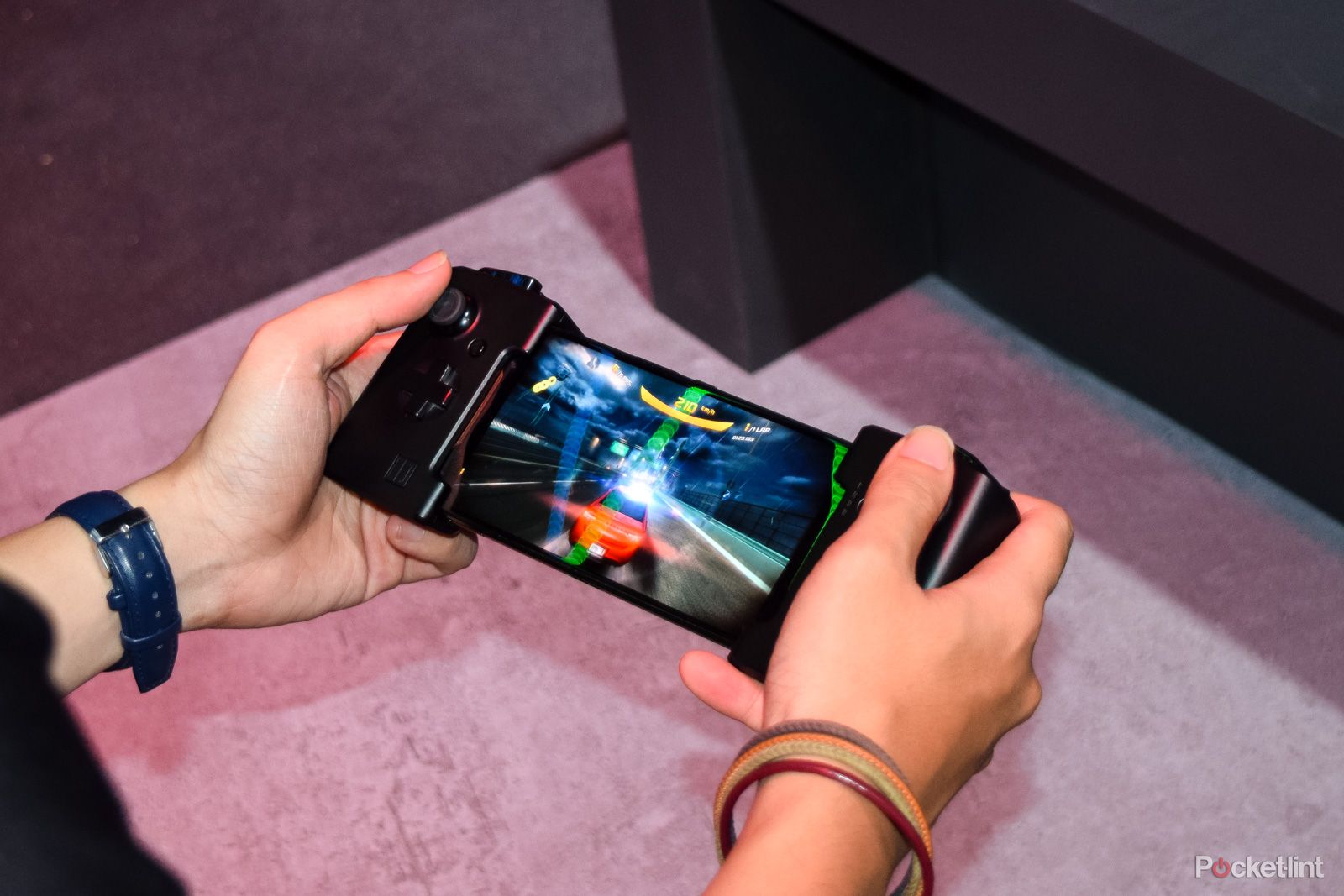The processor that will power the next wave of gaming phones has been announced by Qualcomm.
The new Snapdragon 855 Plus, which is a mid-year refresh to the Snapdragon 855 processor found in the Samsung Galaxy S10 range amongst others, will offer a performance boost to the onboard graphics processor, the company has said.
Those performance enhancements to the GPU should mean it will be able to deliver a better experience to phones looking to leverage AI, Augmented Reality, and virtual reality experiences for customers, and in particular those looking for a "gaming experience" above and beyond what you usually expect in a smartphone.
That's going to be perfect for the latest wave of gaming phones including the Asus ROG Phone 2, which, as it just so happens, has already announced it will be using the newly announced processor when it goes on sale later in the year.
"The Kryo 485 CPU in the Snapdragon 855 Plus will run at up to 2.96GHz, while the Adreno 640 GPU is clocked 15 per cent faster than the current Snapdragon 855," explained Asus in a statement to Pocket-lint as to why it's opted to use the new processor.
Asus' latest Republic of Gamers Phone has yet to detail all its specs however Asus has already confirmed, via its ROG Weibo social media handle, that it will be launching the second generation ROG phone soon, and that it'll feature an industry-leading 120Hz display.
By having a 120Hz display, it will mean being able to play games at up to 120 frames per second, allowing for some very graphically intense titles, with super smooth animation, and the addition of a more beefier processor will only help Asus achieve this.
Interestingly, a 2019 release date also opens up the possibilities of the Snapdragon processor making it into other, perhaps, more popular phones like the yet to be announced Samsung Galaxy Note 10, which is scheduled to be announced on the 7 August.
Such a move would be a logical next step for the Galaxy Note 10, allowing Samsung to deliver more graphics power to the handset without having to change much over the current Snapdragon 855 already being used.

